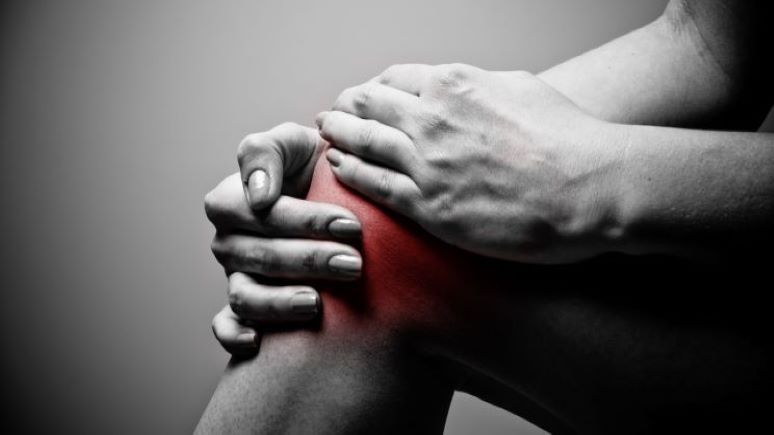Anterior cruciate ligament injury symptoms
People who have an anterior cruciate ligament injury or tear have varying symptoms.
- Sometimes people hear a “pop” or feel a popping sensation in their knee when the ACL injury or tear occurs.
- Within a short amount of time, the knee usually swells. The torn blood vessels in the injured ligament bleed, and the fluid seeps into the knee joint.
- When the ACL joint is injured, the knee loses much of its stability. People with an ACL injury often feel like the knee is “giving out” and is slipping backward.
- The knee affected by ACL injury is typically painful and swollen. Downhill walking and coming to an abrupt stop are especially difficult.
The swelling and pain as a symptom of an anterior cruciate ligament injury usually subside within a few weeks. Still, the instability and lack of support in the knee may require treatment. Research is finding that instability in the knee caused by ACL injury can lead to arthritis.
ACL injury diagnosis
The doctor will want to know your medical history and how your injury occurred to diagnose an ACL injury. In addition, the healthcare provider will ask you about your symptoms.
Your doctor will probably examine both of your knees, comparing the one you have injured to the non-injured one. Your knee may be moved and turned into various positions to help the doctor determine whether or not the ACL injury involves a tear. Most of the time, injuries to the ligaments can be diagnosed by examination.
Additionally, your doctor may recommend tests or imaging studies to determine the extent of your injuries or to rule out other causes for the symptoms. Other tests that the doctor may sometimes recommend include:
- X-rays: X-rays can’t show tendons or ligaments, but the doctor can use them to rule out a broken bone (fracture).
- Magnetic resonance imaging (MRI): Hard and soft structures and tissues show up on MRI, which may be used to see how severe an ACL injury is. It can detect if cartilage has been damaged or if other knee ligaments are involved. An MRI uses a magnetic field and radio waves to create images of your body.
- Ultrasound: Sound waves are used to create images of internal structures in an ultrasound. The doctor may recommend this test to see if an ACL injury has caused damage in the muscles, ligaments, or tendons.
- Arthroscopy: This can make the final and sure diagnosis in cases where there is a question about the cause of knee disorders. It is a type of surgery that allows the surgeon to see the structures directly by inserting a small camera into the joint. Most of the time, this is not necessary to diagnose an ACL tear. Arthroscopy is used, however, in the repair of an ACL injury.
Click Here to read about Treatment.
















Leave a Reply
You must be logged in to post a comment.